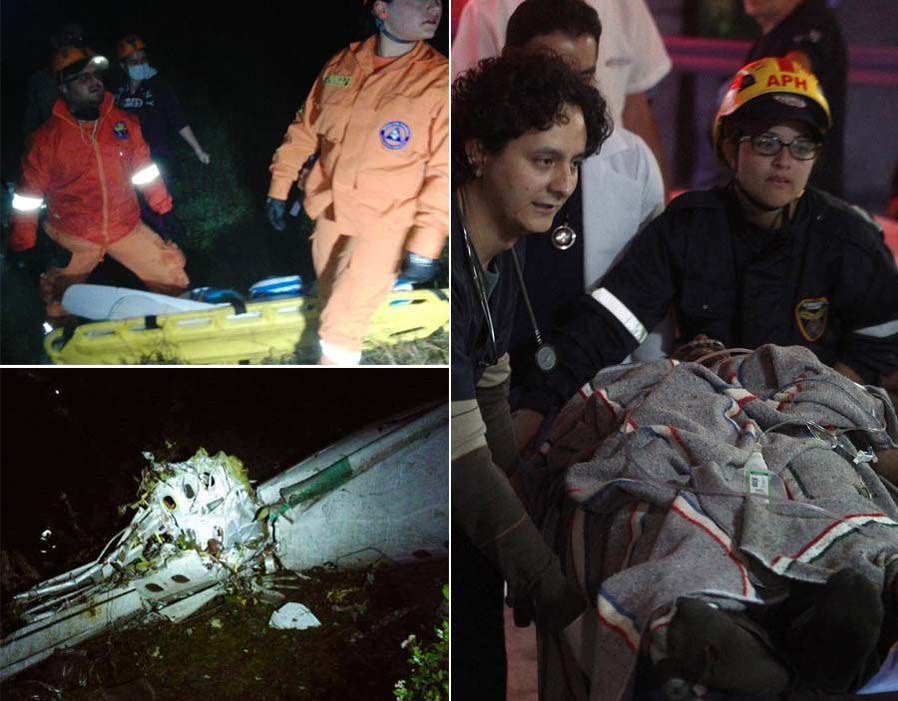
A U.S. military fighter jet crashed into the sea off the southern coast of Japan today, officials confirmed. The incident occurred during a routine flight over the coastal waters near Yakushima Island, located off the southern tip of Kyushu.
According to statements from the Japanese Coast Guard, the jet went down about one kilometer off the eastern coastline of Yakushima. A brief emergency signal was picked up by nearby vessels and rescue services shortly thereafter.
Japanese maritime patrol vessels and aircraft were immediately dispatched to the scene, and by early afternoon, rescuers had recovered debris and an empty life raft believed to have come from the downed aircraft. One crew member was pulled from the water and later declared dead after being transported to a nearby hospital. The status of the remaining crew members remains unknown.
Japanese authorities say the U.S. military has taken over the investigation, and they expect both governments to work together to determine the causes of the crash. The U.S. Air Force has confirmed its involvement but issued only limited comment so far, citing the ongoing nature of the inquiry.
The aircraft involved is identified as a CV-22B Osprey tiltrotor, a hybrid craft capable of vertical takeoffs and landings like a helicopter and forward flight like a plane. The flight was reportedly outbound from Marine Corps Air Station Iwakuni in Yamaguchi Prefecture toward Kadena Air Base in Okinawa. Eyewitnesses say that the left engine appeared to catch fire before the aircraft lost control and plunged into the ocean.
This accident marks one of the more serious recent losses for the U.S. tiltrotor fleet. In November 2023, another CV-22 Osprey crashed under similar circumstances off southern Japan, claiming the lives of all eight crew members aboard. That tragedy prompted a temporary grounding of U.S. and Japanese Osprey operations pending a safety review.
Local reaction has been swift: Japanese officials have called for heightened transparency from U.S. forces regarding aircraft safety and accident investigations. In Okinawa and other host communities, concerns over recurring incidents involving U.S. military aircraft have long fueled public debate over the risks posed to civilian areas and the need for stronger oversight.
At this stage, the cause of the crash is unclear. Investigators will likely review flight data recorders, maintenance logs, crew training records, and weather conditions at the time of the flight. Salvage operations are underway to recover wreckage from the sea bed, and both Japanese and U.S. authorities are coordinating in those efforts.
As the investigation continues, both nations face growing pressure to ensure safety and restore public confidence. The coming days may reveal whether this accident stems from mechanical failure, human error, or another factor entirely.
If you like, I can also prepare a shorter version or a more dramatic narrative for a headline piece. Do you want me to refine it further?


